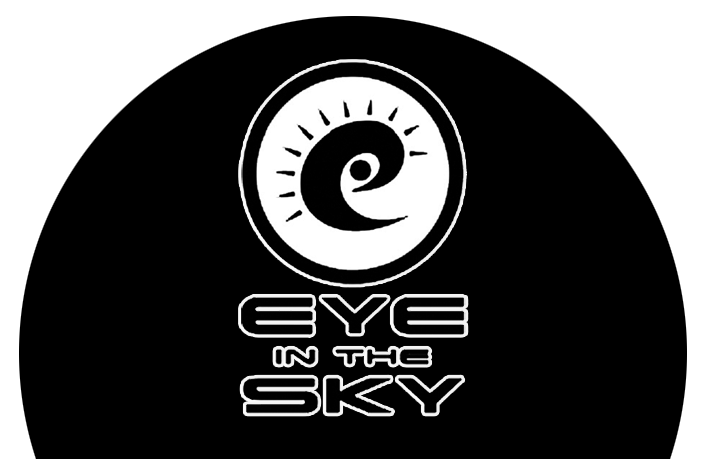CONTEXT
CONTEXT - communicating your ideas
What you point your camera at and why, is, well, the point. The more discerning you are in your image making the more it will improve in leaps and bounds. So let’s look at this commissioned example.
SARJEANT GALLERY, WANGANUI, NEW ZEALAND
I was asked to provide a shot of the gallery as being an iconic NZ piece of architecture. liked the subject and wanted to capture it, but I needed to find the right angle to do it justice. You can understand the liking bit, but what, you may ask, has justice got to do with it? It is why you are making the shot. It’s not only to justify or satisfy your mind, but how you feel it will resonate with others who know the location and does it do the job?. Will you or they be proud of what you create? and what was the brief …. ?
Oh yes … to capture the iconic Sarjeant Gallery in Whanganui New Zealand. The crucial bit of the brief is the word New Zealand. If it was just to shoot the gallery without showing its location, then it is an architectural shot that can be flattered by lighting. But if the requirement is to show it as an iconic New Zealand piece of architecture, then including something of New Zealand in the frame is crucial.
So this is the context of the shot. Where you place the subject in relation to its environment to tell a story.
By expanding the environment a bit you place the subject within a context and this is the key. It is not hard to do, you just need to ‘case the joint’ first to get a feel of where it sits in its environment and look at it as if you have never seen it before. You see they both work, but for different reasons. You determine the outcome by having it clear in your mind as to why you are creating it. The closer view above shows the wide steps and the moon but not a lot else. You can’t really see the dome unless you view it from a distance, and look what a bonus that gives.
This shows the gallery set against snow covered Mt Ruapehu, the largest active volcano in NZ. So I shot what the brief asked for. You still do it your way but you appease the client with your vision.
DECAZVILLE COAL MINE, SOUTHERN FRANCE
Here is an example where an aerial drone shot can give context to a subject. The two ground frames will need words to describe what took place here from the turn of last century. The drone view puts the machinery into a context. Here is the hole, now a lake, that was excavated.
CONTEXT - B
PERTH, WESTERN AUSTRALIA
The context changes also because of what you add to your composition.
A: Here is my shot of artist Neil Jones original work ‘Desert Ships’, in situ on Cottesloe beach at Western Australia’s Sculpture by the sea.
B: By changing the colour space and including another element, I have created a larger context of their work, one that the artist may or may not have had in their mind. In mono, devoid of the artists scuplture details of wood and metal, the sculpture has become something else. The presence of the passing human links all the elements together. Are the Camels simply observing the human, or do they pose a treat?
Your take ... So by changing the context, you change the outcome.
This is the beauty of art, the degrees of interpretation by changing the context are endless.
All photography and text © Jon Davison 2022.
BACK TO MAIN MENU








